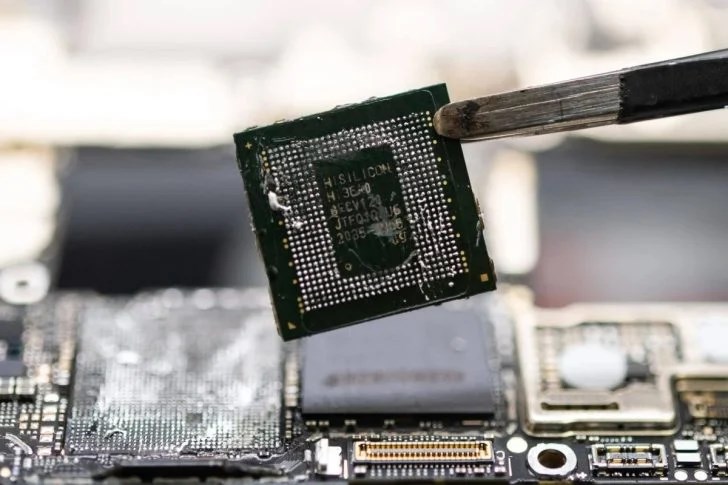 Like a bad neighbor making a landlord, US embargoes caused Huawei to develop interesting techniques, especially in chip technologies. Huawei, whose chip work was initially interrupted, is slowly making plans to return to its old days.
Like a bad neighbor making a landlord, US embargoes caused Huawei to develop interesting techniques, especially in chip technologies. Huawei, whose chip work was initially interrupted, is slowly making plans to return to its old days.What kind of processor is Kirin 900s?
The Kirin 9000s chipset used in the Huawei Mate 60 flagship comes with a sequence of 1 x 2.62GHz + 3 x 2.15GHz + 4 x 1.53GHz, but no clear information was given about the production technologies.
In their analysis, Fomalhaut Techno Solutions researchers found traces that the Kirin 9000s chipset was produced in the 14nm process. However, by using some special techniques, the processor was enabled to reach 7nm levels.
In the chip industry, we have seen examples such as the 10nm process becoming 8nm with improvements or the 7nm process being brought closer to the 6nm process, but there has been a rather extreme transition from the 14nm process to the 7nm process. How Huawei achieved this is a mystery. The production was carried out by the Chinese company SMIC with the 7nm N + 2 process.
The Kirin 9000s chipset also comes with hyper-threading feature, and it is not clear how this is achieved. ARM generally has HT architectures for the automotive industry, but it is not known whether this is an inspired example.